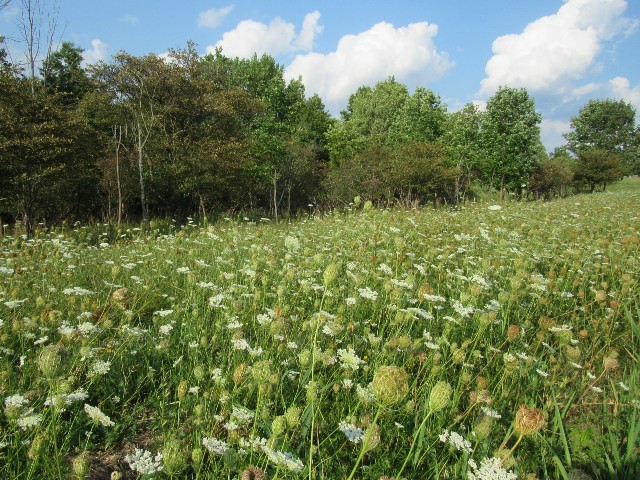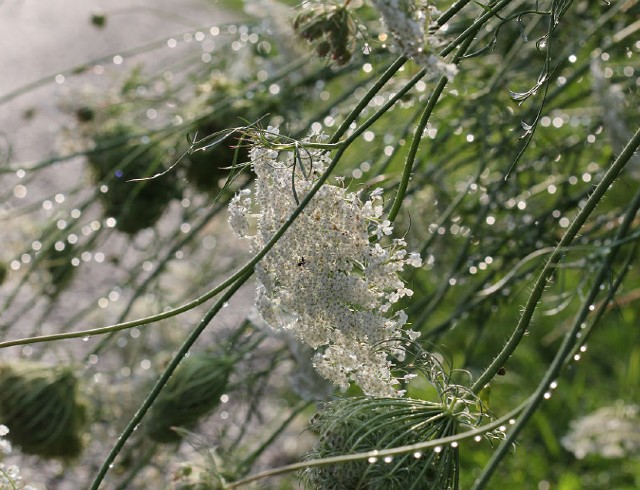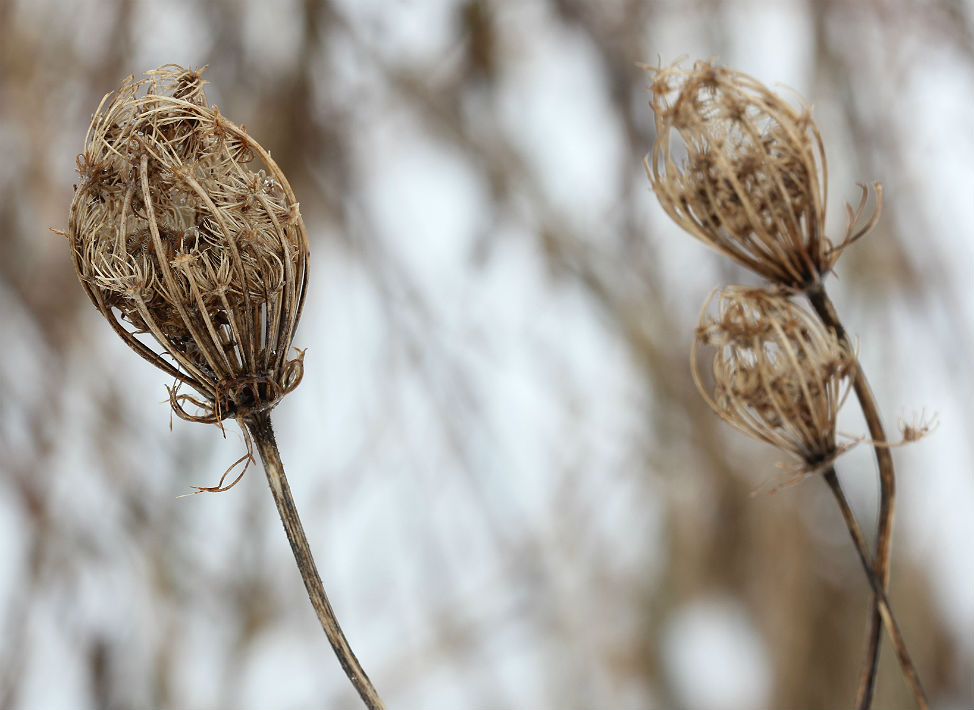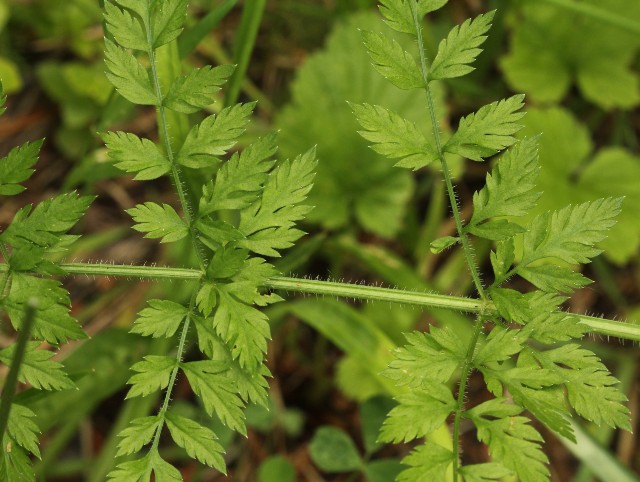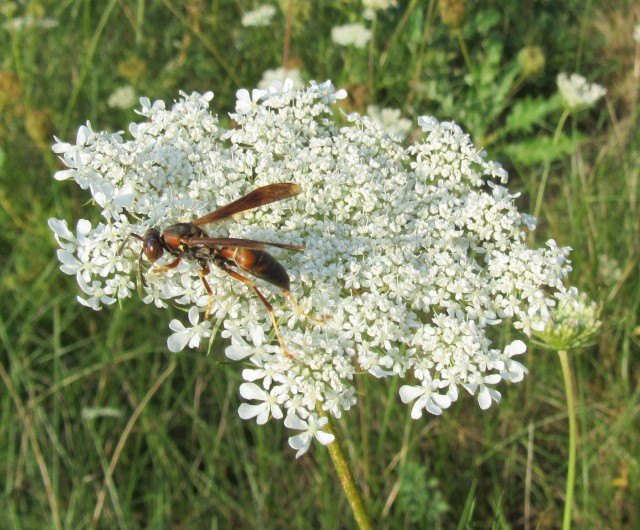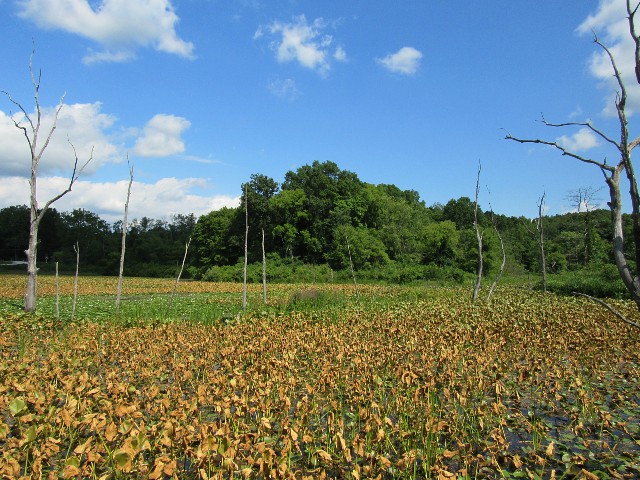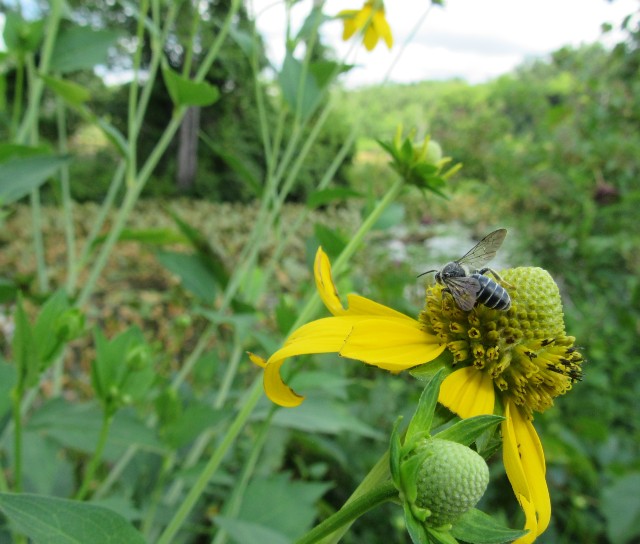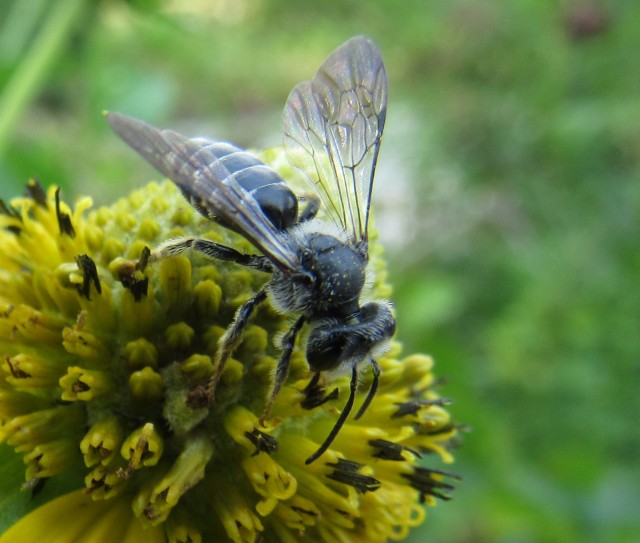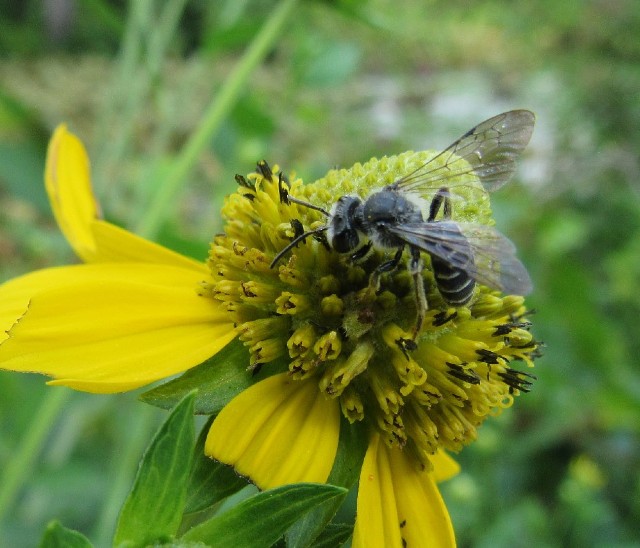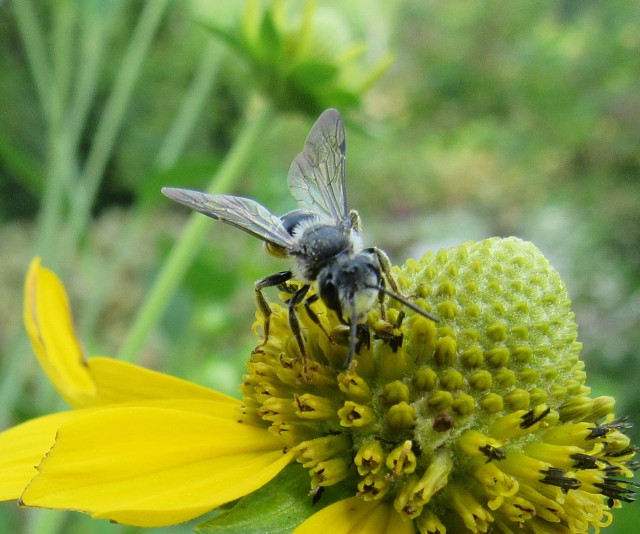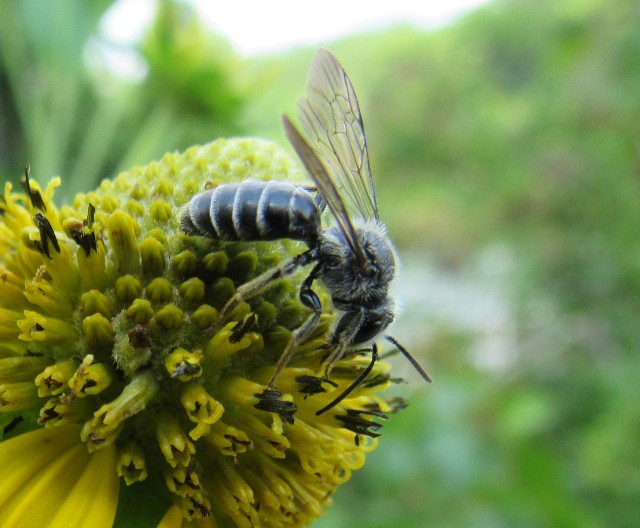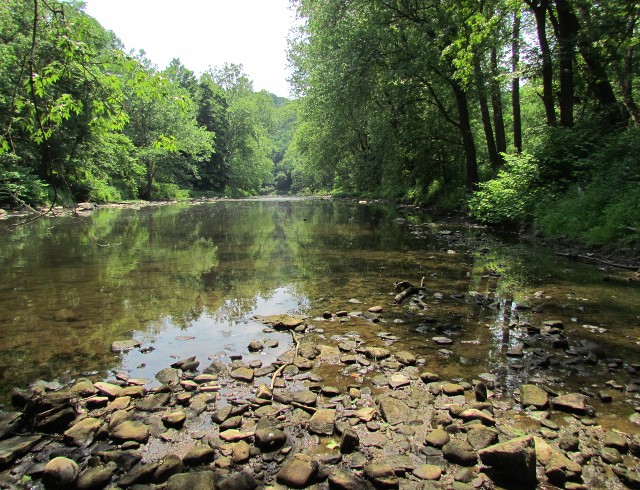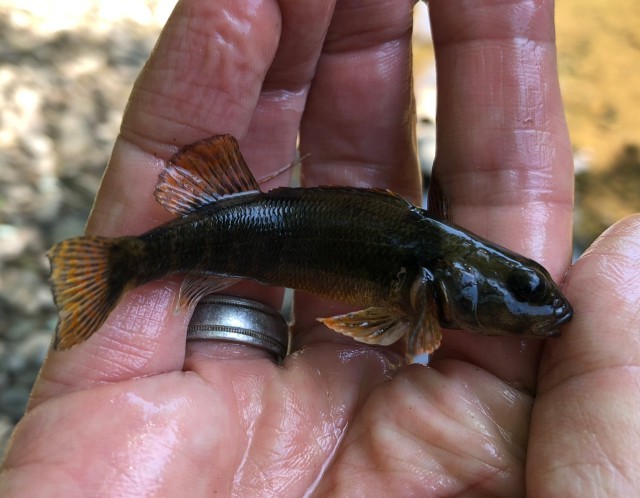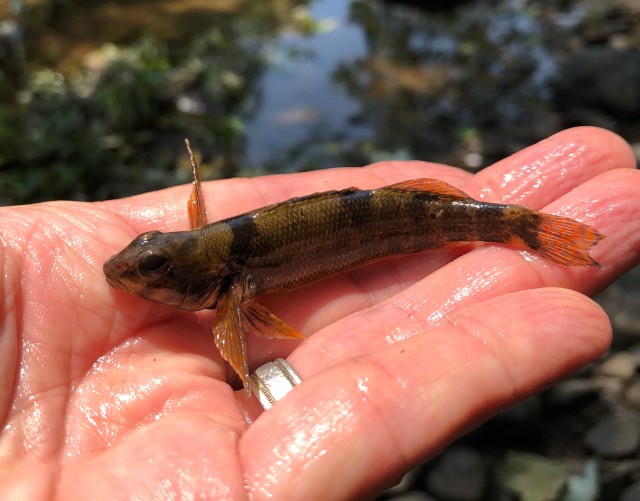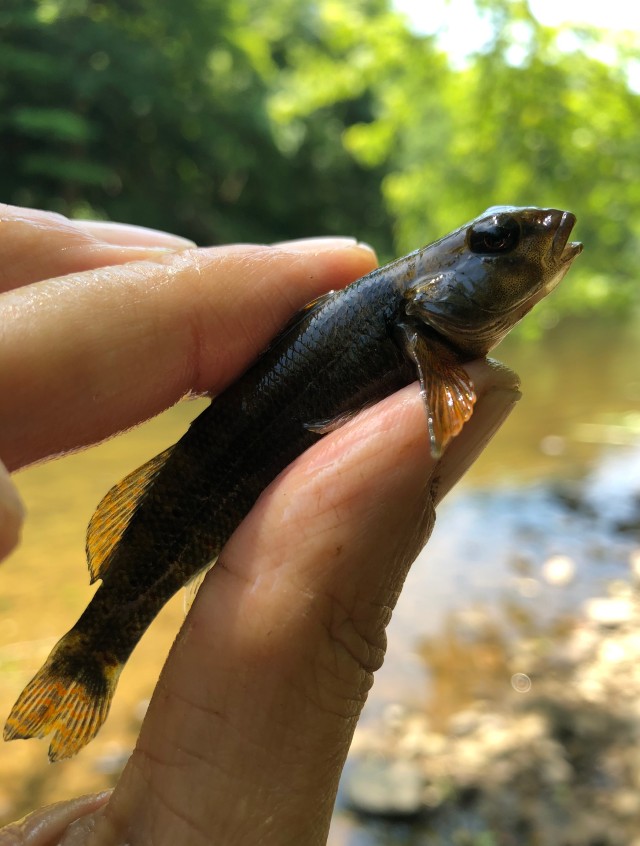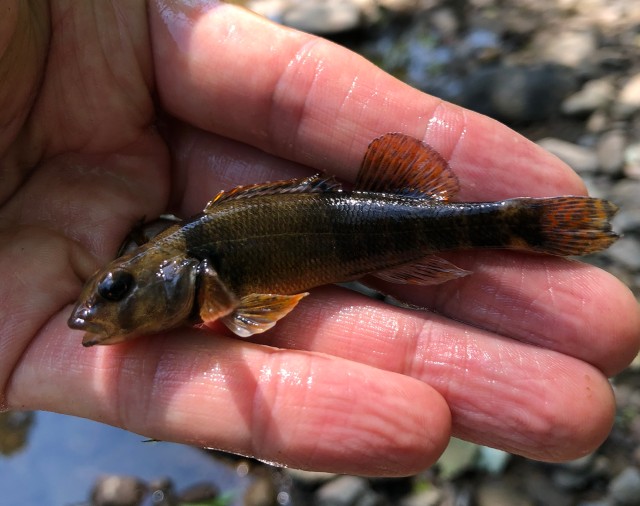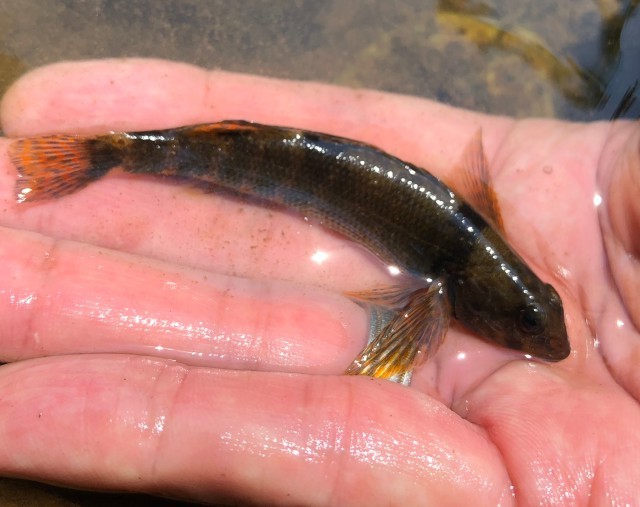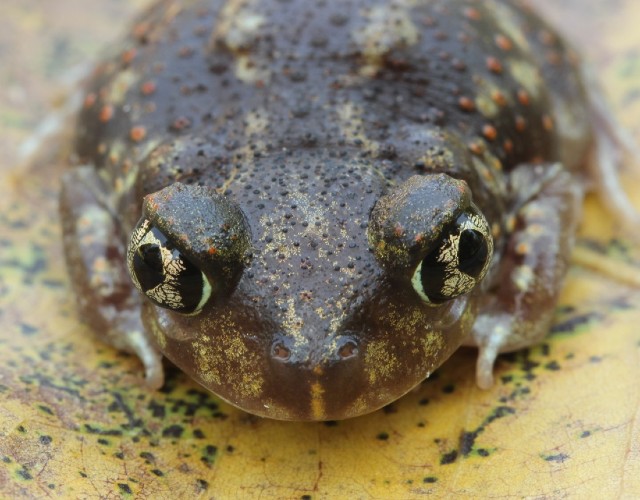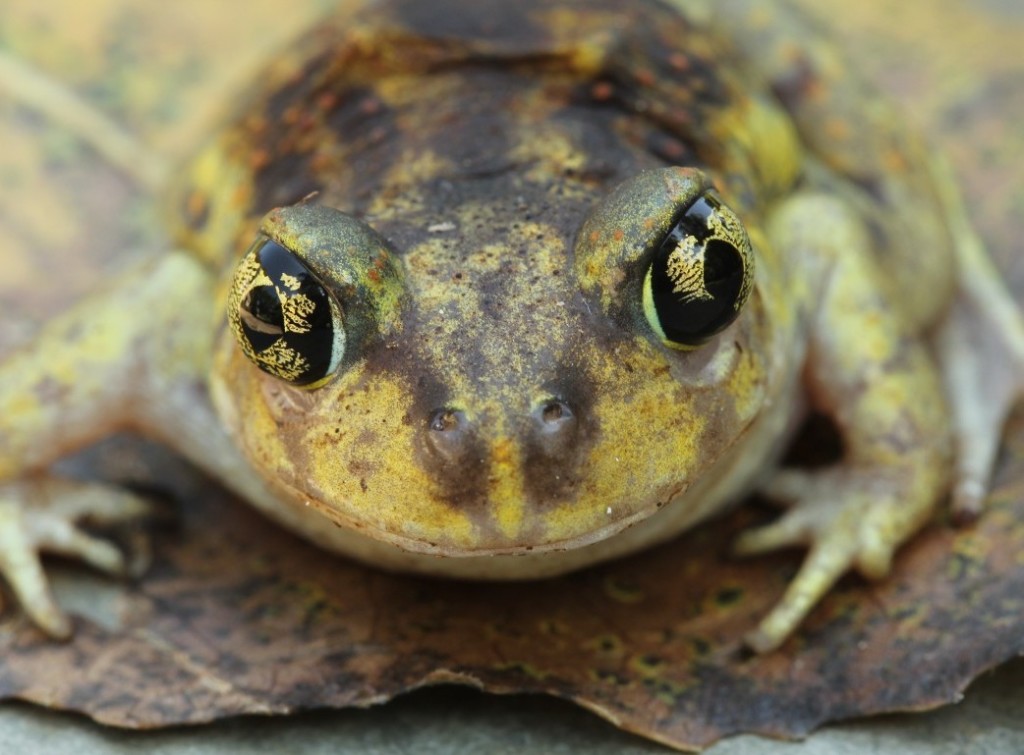Queen Anne’s Lace earned its common name from a legend that tells of Queen Anne of England (1665-1714) pricking her finger and a drop of blood landing on white lace she was sewing.
Its flowers are small and have five white petals that form umbrella-shaped clusters that are between two to five inches in diameter. Often, one to several dark purple flowers appear in the center of each cluster.
Although common along North America’s roadsides, this plant is native to temperate regions of Europe and southwest Asia, and naturalized to North America and Australia.
This flower’s Latin name is Daucus carota and domestic carrots are a cultivar of a subspecies of this plant. Early Europeans cultivated Queen Anne’s Lace and the Romans ate it as a vegetable. American colonists boiled and ate its taproots.
Queen Anne’s Lace’s flower clusters start out curled up and eventually opens to allow pollination. Over time, as the flower matures, the cluster curls inward forming a cup-like bird’s nest when it goes to seed at the end of the season. This flower can grow to over three feet tall.
Its feathery leaves resemble those of the domestic carrot. Queen Anne’s Lace is found in fields, meadows, waste areas, roadsides and disturbed habitats. It is very hardy and thrives in a dry environment.
This plant is also known as Wild Carrot, Bishop’s Lace, Bee’s Nest, Bird’s Nest, Devil’s Plague, Lace Flower and Rantipole.

